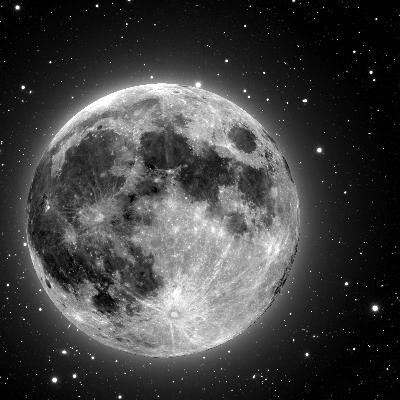How to Capture Moon Photography

Taking pictures of the complete moon can be difficult because of the modifications in the times and place of the increasing and establishing of the moon. Problems can often be experienced during lunar digital photography because of the darkness of the evening sky when the sun has absolutely set as well as the distance between the moon and the photographer. When shooting the complete moon, it is essential that the photographer makes specific plans about the routine of the stages of the moon and the settings of the moon. Many web sites offer information about the moons stages and rising/setting times, such as those provided by the U.S. Fast. Seeking of places is essential because the settings of the moon can differ in a northern and southerly route each day, with the moment of the settings different by up to one hour each day. A prediction of the conditions should also be discussed to make sure rainfall or gloomy air is not forecast.
Instructions
-
1
The best conditions of a complete moon are acquired with a single contacts response photographic camera, according to the New Institution of Photography. When the moon is captured using a point-and-shoot or non reusable photographic camera, it can appear as a white speck within the evening sky. When an SLR photographic camera is used, the f-setting of the photographic camera can usually be set at f16, which is the establishing usually used for bright things. The light understanding settings on a photographic camera, known as the ISO establishing, can be changed using a technique known as bracketing to make sure excellent visibility is acquired. Bracketing represents the required ISO establishing being used for a taken before minor modifications are made to take several other pictures to make sure the correct visibility is found.
-
2
Prior to the nights of the complete moon, the photographer should spend some time finding an excellent place for shooting. The moon can be captured against scenery such as hills, deserts or systems of water. The use of other things in a photo with the complete moon can offer referrals for the size and position of the moon in the evening sky.
-
3
Capturing a picture of the complete moon within the 20 minutes either side of the settings of the sun can offer the best pictures. The evening sky will not be absolutely dark during these times, which allows other things to be noticeable.

